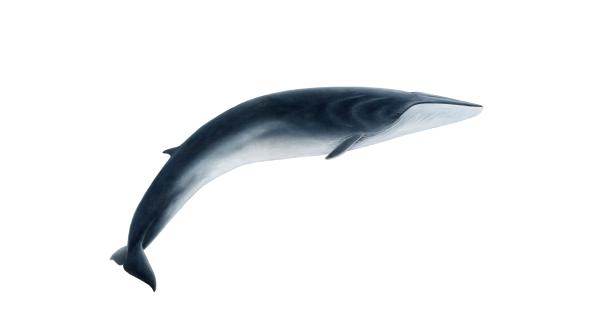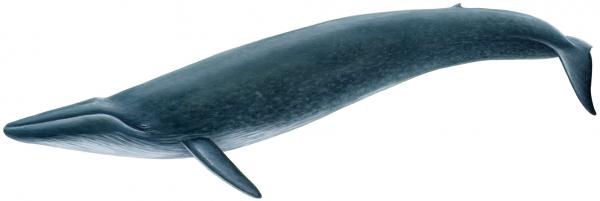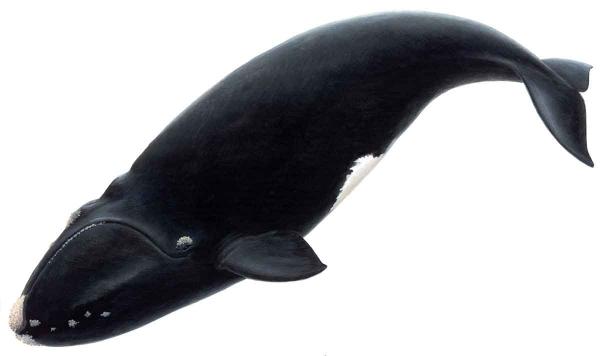
Whales around the world
Currently, we know of over 90 different species of whales, dolphins and porpoises collectively called cetaceans. These range from the largest animal that has ever lived on our planet the blue whale to the smallest the hectors dolphin. They are found in every one of our oceans and even some of our rivers. Anyone that has been whale watching and seen these magnificent mammals up close can tell you that it is an experience never forgotten and a feeling of amazement and happiness not quite understood.
Whale watching in Iceland
23 species or cetaceans have been known to frequent the surrounding oceans and seas of Iceland. Not including the numerous seabirds, seals and basking sharks. The abundance of food around our shores provides the marine life with excellent feeding grounds. Summer (May – August) is the peak season for seeing the most marine life but the winter months have also been very productive with the added bonus of beautiful snow capped mountains, sun setting skies and opportunities, from other tours, to see the incredible Northern Lights.
Whales around Iceland
-
Image
 Read more...
Read more...The Minke Whale is the most common whale around Iceland and actually the world thus it is one of the main species we encounter on our whale watching tours. It is one of few species that don’t mind coming to shallower waters like here in Faxaflói Bay to feed on the abundant food available to them.
-
Image
 Read more...
Read more...The Humpback Whale is quite spectacular undergoing the longest migration of any mammal (5176miles/8334km one way), attracting females by singing to them and of course their energetic nature. On many occasions humpbacks have been seen breaching, tail slapping, fin slapping, blowing bubbles and spy hopping just to mention a few. The humpback is also one of the larger whales we encounter
-
Image
 Read more...
Read more...The white-beaked dolphin is the most common dolphin found in the surrounding waters of Iceland and is seen not only in the summer but winter too usually in larger numbers, hundreds sometimes. When feeding they show energetic behaviour such as breaching out of the water and coming down with a big splash and bursts of fast swimming.
-
Image
 Read more...
Read more...The Harbour Porpoise is the smallest and most abundant cetacean around Iceland. They are usually shy but occasionally they come and play around the boats. They can be relatively hard to spot from a distance due to their size and their abundance depends entirely on the food availability of our shores since they are opportunistic feeders.
-
Image
 Read more...
Read more...This is one of the Elding crew's favourite species so excitement is especially high when we get to see these amazing animals. Occasionally they venture into Faxaflói Bay but chances of seeing them are greater when we sail from other harbours. They are the largest of the dolphins and the male dorsal fin can get up to 1.8m high and very triangular whereas the females dorsals are curved.
-
Image
 Read more...
Read more...There are two species of the pilot whale; long-finned and short-finned. The long-finned inhabit the cold temperate to sub-polar waters in both the southern and northern hemisphere except for the North Pacific and the short-finned are found in the warmer waters on either side of the equator.
-
Image
 Read more...
Read more...Fin whales are the second largest animals after the blue whale. Fin whales have been know to mate with blue whales and produce viable offspring. It is incredible to see the exhaled breath (blow) reaching 6-10 meters high just like a small geyser rising from the oceans surface and the long body that seems never ending as it dives back into the blue abyss.
-
Image
 Read more...
Read more...Sei Whales are the third largest species in the world, after the Blue Whales and Fin Whales. We saw this species for the first time on a whale watching tour in the summer 2012 and hopefully we will see more of them in the future. This species is rarely seen on whale watching tours because they prefer deep offshore waters and avoid ships and boats for the most part.
-
Image
 Read more...
Read more...The blue whale is the largest known animal to have ever lived on our planet! Their heart alone weighs 600 kg. and is about the same size as a Volkswagen beetle car and even a small child could crawl through the aorta (main artery of the heart). They feed mainly on krill, which is somewhat like a small shrimp or prawn and can eat up to 4000kg a day. They are also one of the loudest ani
-
Image
 Read more...
Read more...The northern Right Whales are the most endangered whales in the world, a slow reproducing whale that has shown little increase from extensive whaling.




